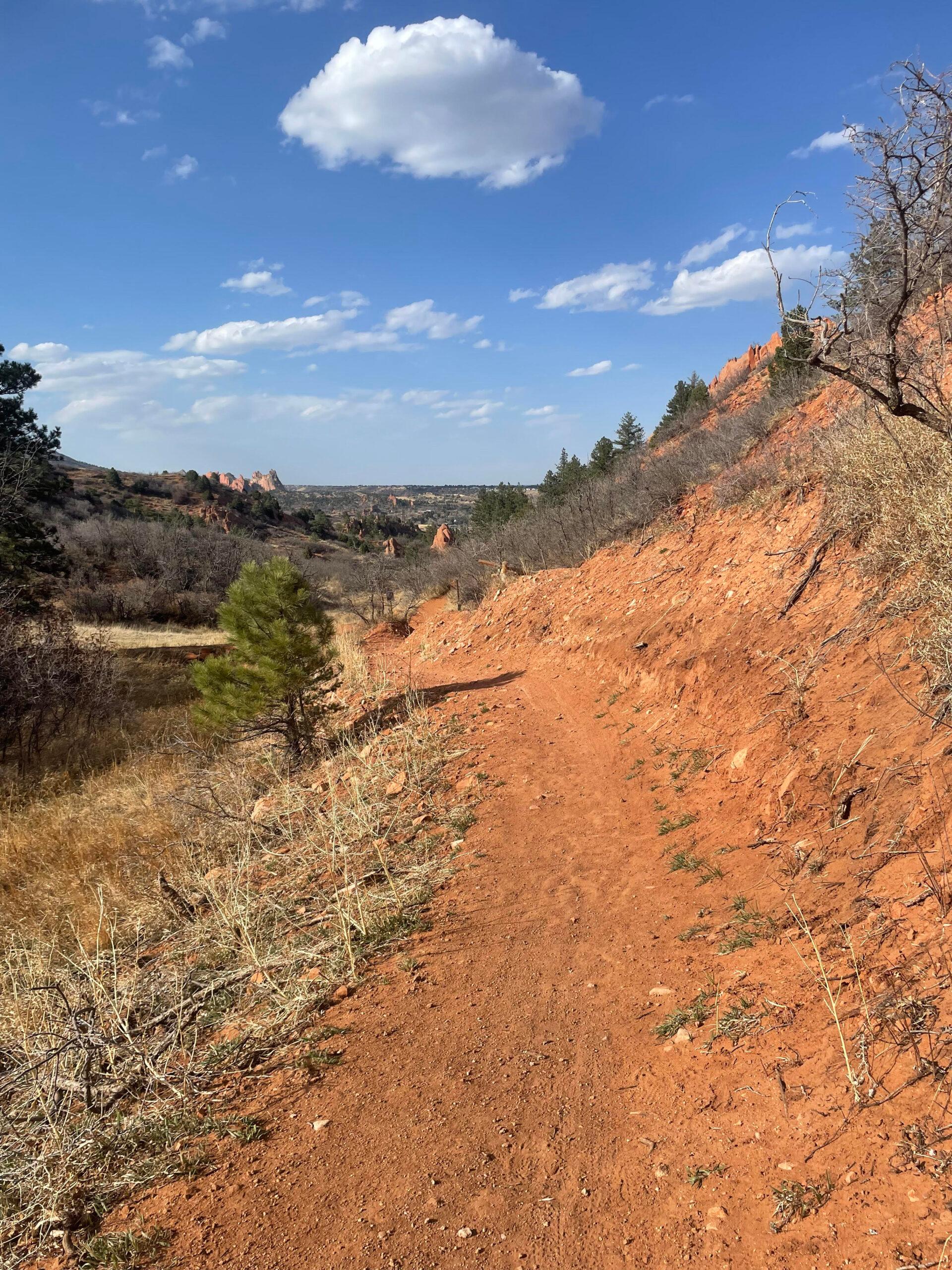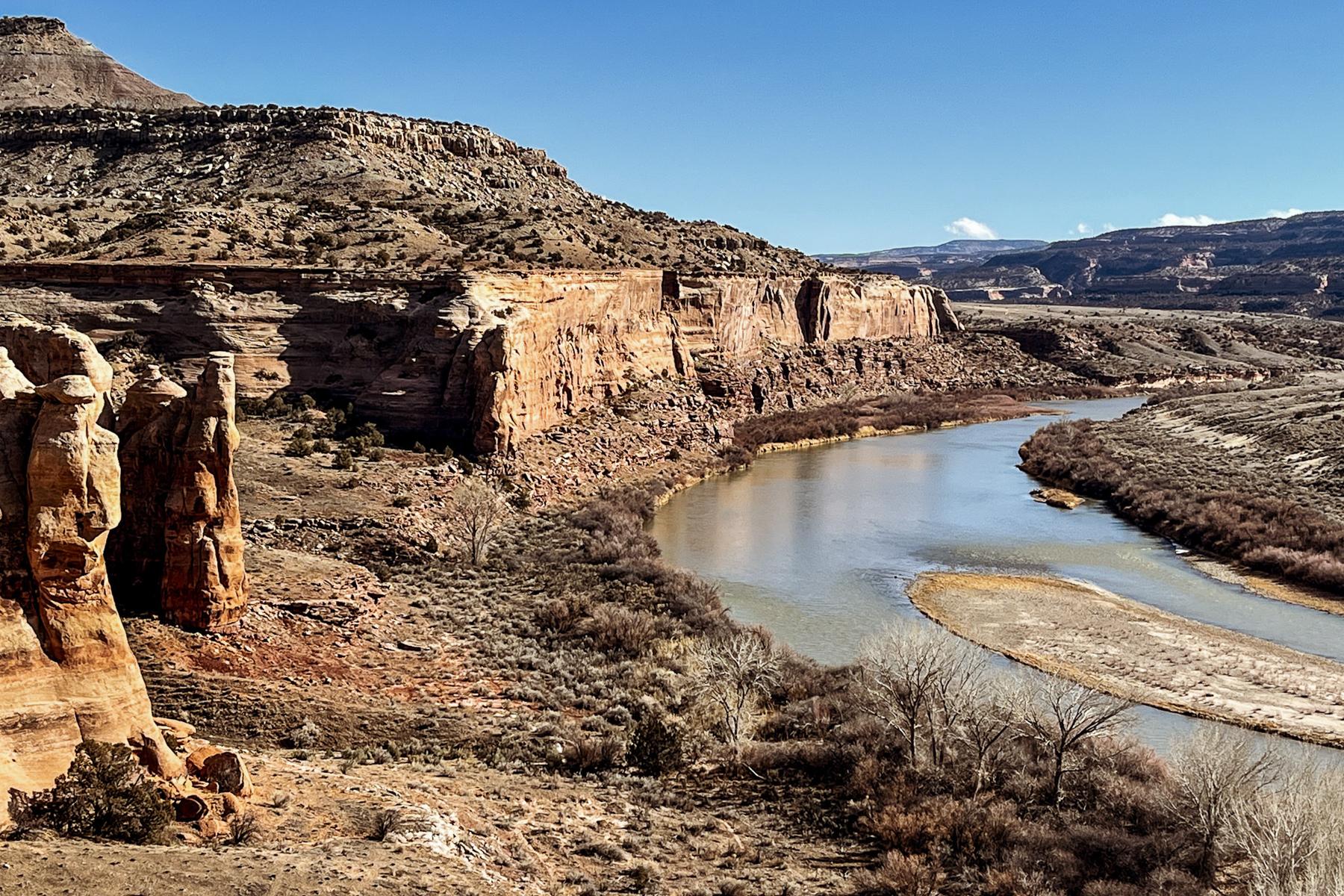
The City of Colorado Springs recently mapped 60 miles of illegal trails in Red Rock Canyon Open Space. That’s double the mileage of legal trails in the popular park on the west side of the city.
Some illegal trails develop over time as unassuming shortcuts called “social trails,” while others are intentionally built by unauthorized people with hand tools.
Either way, the illegal paths cause environmental concerns due to the region’s arid climate and erosive soil, according to Aaron Rogers with the Colorado Springs-based Trails and Open Space Coalition. He said trail building leads to erosion, which kills fragile plants and grasses that take a long time to come back.
“When we’re stuck in a drought like we’ve been for the last few years, it can take five or more years for it to even resemble the same landscape again,” he said.
These long-term changes to the landscape affect wildlife too, by fragmenting their habitat and disrupting their normal movement.
It takes more than just time for an area to return to a natural state, Rogers said. Restoration crews often have to put seed and mulch down to restore an area destroyed by illegal trails, and restoration isn’t cheap.
He said that a three-mile stretch of trail in the Austin Bluffs Open Space, for example, will cost $25,000 to restore.
A joint statement from the city, El Paso County and the Forest Service called on park users to be aware of their impact on public land, saying, “as our region continues to grow, it is crucial that we all work together to preserve and maintain these special places.”
City officials emphasized that trail systems in the region are designed by professional landscape architects that take into account the environmental impacts on plant and animal life, as well as the enjoyment of hikers and bikers.
With the population in the region growing, Rogers said the solution to illegal trail building should be education and restoration, rather than expanding the existing network of trails to accommodate more users.
“We’re kind of in the mindset of taking care of what we have already,” said Rogers, “Now it’s really focusing on that maintenance and restoration work.”
With hikers flocking to the trails this summer, the city and the Trails and Open Space Coalition are urging users to stay on marked trails to help preserve the region’s natural spaces.









